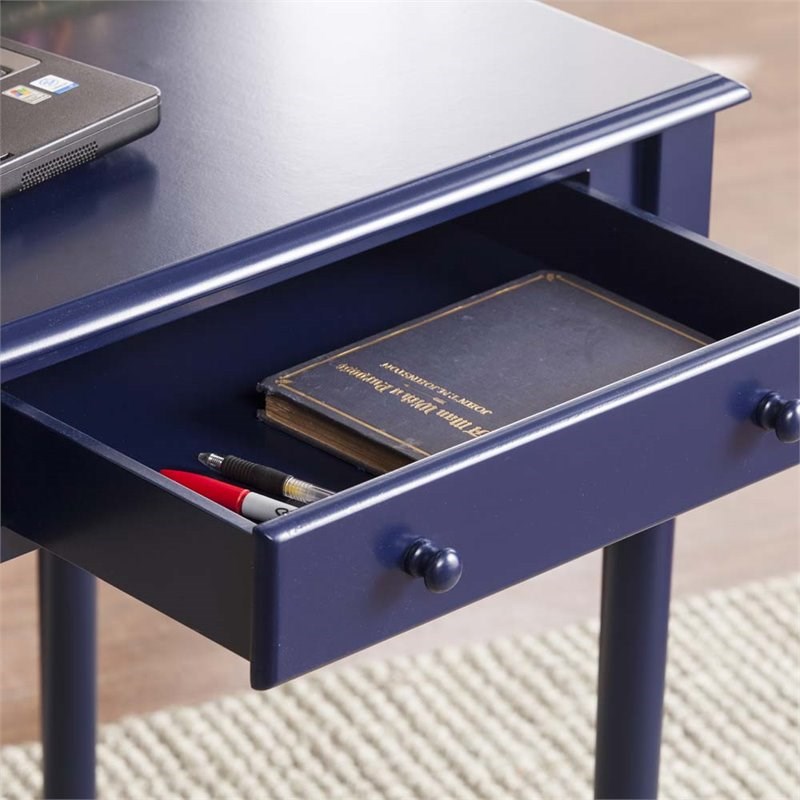

In 1879 Chief Petty Officers received a fore-and-aft uniform similar to that of the officers, with a cap badge of an anchor within a cord Apprentices were the last junior ratings not to be dressed as seamen they did not wear "square rig". Until the late 1990s, artificer apprentices and leading artificers wore the same uniform as petty officers (with a red beret or cap badge, similar to a petty officer's). Warrant officers and above do not wear branch badges. The crown is the emblem of authority, and is common in most petty officer, CPO, instructor and police badges. gunnery, captain of turret, torpedo, torpedo-boat coxswain or signals. A star above the badge normally indicates a person of superior qualifications, and another star belowĭenotes that the person has passed for (and is performing) specific duties e.g. In 19, reforms were implemented to bring the branches into line with each other. Stars of one branch did not necessarily have the same meaning as another. *not applicable to Coder, Supply and Secretariat, Artisan and Sick Birth Branchesīefore 1947, each branch developed its own device badges and the crowns and Basic device with crown above star below: Chief petty officer qualified for higher rate of pay.Basic device with crown above: Chief petty officer qualified for lower rate of pay.Basic device with crown above: Petty officer qualified for higher rate of pay.Basic device with star above and star below: Technical qualification for leading rate*.Basic device with star above: Technical qualification for able rate.Basic device: Junior or Basic Technical qualification.Other branches, including Naval Air Mechanics, were: The instructor rate began to disappear in 1972, when fleet chief petty officers (warrant officers) were introduced. Leading rates qualified as instructors in the following branches: Second-class or lower part II or specialist qualification (CPO)įirst-class part II or specialist qualification (CPO)īasic device with crown above two stars belowĬhief petty officers, petty officers and confirmed Second-class part II or specialist qualification (PO and below)įirst-class part II or specialist qualification (PO and below) "Star" or third-class part II or specialist qualification ( PO and below) The Seaman and Naval Airman branches were:
#Navy writer professional#
On qualifying professionally for Petty Officer, able to command, instruct others and carry out more complex tasks.īasic device with crown above worn on the on both lapels on number 1 dress.Ĭhief Petty Officers attain no additional professional qualification, able to show advanced leadership, training abilities and perform the most complex tasks.

On qualifying professionally for Leading Rate, able to carry out complex tasks and lead others and expected to train for next level as Petty Officer. On qualifying professionally for Able Rate, AB class 1, operationally trained to carry out basic tasks and expected to train for next level as Leading Hand.īasic device with star above and star below On entering a sub-branch Able Rate, AB class 2, under training

^ Royal Marines other ranks who qualify are designated Commando Aircrew (RMAC).Also applies to Royal Marines assigned to the Commando Helicopter Force. ^ Non-flying Ratings and Other Ranks in the Fleet Air Arm are designated by the general term Naval Airman (NA), followed by their specialty.^ Formerly known as Meteorology & Oceanography (METOC).The branches were reviewed, revised and published in the Royal Navy's June 2013 BR3 ( Book of Reference) edition (now the June 2015 edition). Some personnel have an additional option to pass the All Arms Commando Course and serve attached to the Royal Marines. Ratings in the Marine Engineering and Medical branches may obtain "Dolphins" (qualify for the Royal Navy Submarine Service). Branch sub-specialities are denoted with an abbreviation on the branch badge. Trades in the Royal Navy are listed below. The insignia denotes trade and specialty. A crown indicates they have passed the relevant PQE and are eligible to be Petty Officer. Two stars indicates they have completed the Leading Rates course and are now eligible to study for the Petty Officers Qualifying Exam (PQE). One star indicates they have passed the required exam in order to be eligible to be selected for the Leading Rates course in their respective branch. Branch badges include stars and crowns above and below the branch logo, indicating an individual's qualification within their branch.

One nickname is "Killick", for the Killick-anchor rate badge. a leading rate (commonly called a leading hand). The information on the left arm is the individual's rate - e.g. Ratings in the Royal Navy include trade badges on the right sleeve to indicate a specific job.


 0 kommentar(er)
0 kommentar(er)
